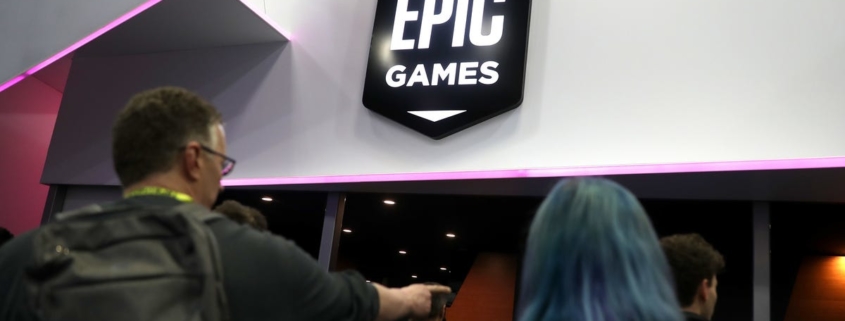Even Google Thinks Sideloading Apps on Android Is Horrible
So much is revealed when court documents are officially unsealed, and in the case of Epic Games’ antitrust complaint against Google, we now know that Google considered buying the Fortnite maker outright “squelch this threat.” Google also apparently attempted to convince Epic Games not to limit Fortnite to sideloading on Android devices, as doing so would lead to a poor user experience.
In the court filings, which you can download and peruse yourself, Epic cites an internal document where Google called Epic’s plans a “contagion” on its business. The company also alleges that “Google uses its size, influence, power, and money to push third parties into anticompetitive agreements that further entrench its monopolies.”
There is no public documentation indicating Google approached Epic with an offer to buy the gaming company, nor any clear timeline. Epic CEO Tim McSweeney tweeted in response to The Verge’s article on the matter that Google’s plan was “unbeknownst to us at the time.”
Epic also alleges that Google offered it a special deal to launch Fortnite in the Play Store. Though details remain sealed and redacted, the document then describes how senior Google Play managers approached Epic about its plans to limit Android users to sideloading the game.
One manager contacted Epic’s Vice President and Co-Founder to gauge Epic’s interest in a special deal and, among other things, discussed “the experience of getting Fortnite on Android” via direct downloading. The manager’s call notes state that she viewed direct downloading Fortnite as “frankly abysmal” and “an awful experience”, and that Epic should “worry that most will not go through the 15+ steps”.
G/O Media may get a commission
Elsewhere in the document, there are claims that Google had acknowledged sideloading applications “leads to a [po]or user experience,” since it takes Android users more steps than installing an app directly from an authenticated app store. A Google employee even ran through the “install friction” that makes direct downloading a “bad experience” for users.
Google’s bits to Epic reads like persuasion as to why it…

